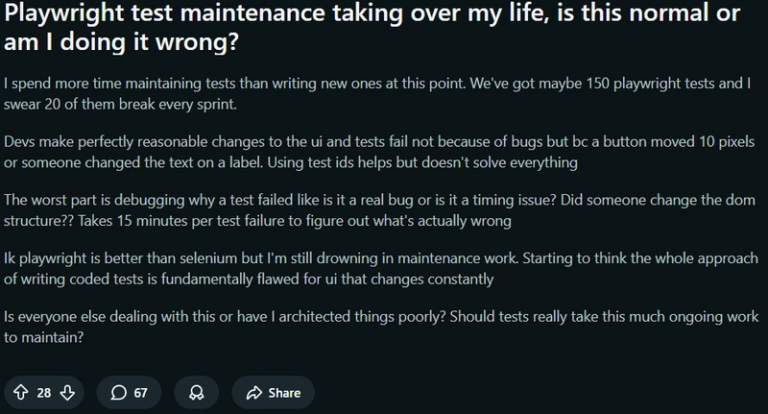Dev Setup – dbt Core 1.9.0 with Airflow 3.0 Orchestration
Hello Data Engineers 👋
I’ve been scouting on the internet for the best and easiest way to setup dbt Core 1.9.0 with Airflow 3.0 orchestration. I’ve followed through many tutorials, and most of them don’t work out of the box, require fixes or version downgrades, and are broken with recent updates to Airflow and dbt.
I’m here on a mission to find and document the best and easiest way for Data Engineers to run their dbt Core jobs using Airflow, that will simply work out of the box.
Disclaimer: This tutorial is designed with a Postgres backend to work out of the box. But you can change the backend to any supported backend of your choice with little effort.
So let’s get started.
Prerequisites
- Docker desktop (https://docs.docker.com/desktop/setup/install/mac-install/)
- Python 3.12 or higher (https://www.python.org/downloads/)
- Code repo (https://dbtengineer.com/airflow-with-dbt-core-tutorial/#code-repo-video-tutorial)
Video Tutorial
Setup
- Clone the repo in prerequisites.
- Create a data folder in the root folder on your local.
- Rename
.env-exampleto.envand create new values for all missing values. Instructions to create the fernet key at the end of this Readme. - Rename
airflow_settings-example.yamltoairflow_settings.yamland use the values you created in.envto fill missing values inairflow_settings.yaml. - Rename
servers-example.jsontoservers.jsonand update the host and username values to the values you set above.
Running Airflow Locally
- Run
docker compose upand wait for containers to spin up. This could take a while. - Access pgAdmin web interface at localhost:16543. Create a public database under the postgres server.
- Access Airflow web interface at localhost:8080. Trigger the dag.
Running dbt Core Locally
Create a virtual env for installing dbt core
python3 -m venv dbt_venv
source dbt_venv/bin/activate
Optional, to create an alias
alias env_dbt='source dbt_venv/bin/activate'
Install dbt Core
python -m pip install dbt-core dbt-postgres
Verify Installation
dbt --version
Create a profile.yml file in your /Users/<yourusernamehere>/.dbt directory and add the following content.
default:
target: dev
outputs:
dev:
type: postgres
host: localhost
port: 5432
user: your-postgres-username-here
password: your-postgres-password-here
dbname: public
schema: public
You can now run dbt commands from the dbt directory inside the repo.
cd dbt/hello_world
dbt compile
Cleanup
Run Ctrl + C or Cmd + C to stop containers, and then docker compose down.
FAQs
Generating fernet key
python3 -c "from cryptography.fernet import Fernet; print(Fernet.generate_key().decode())"
I hope this tutorial was useful. Let me know your thoughts and questions in the comments section.
Happy Coding!

